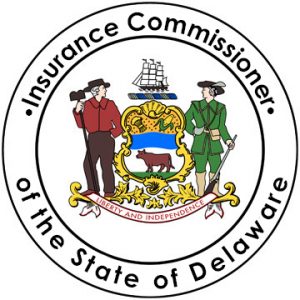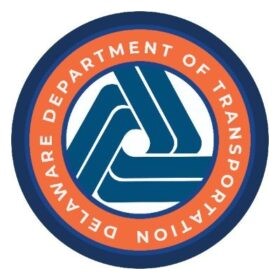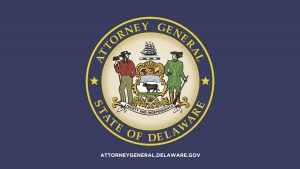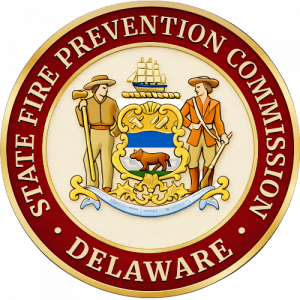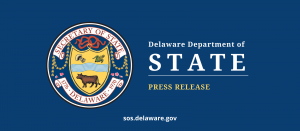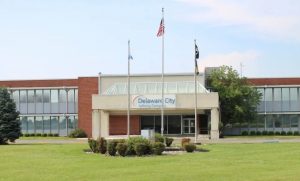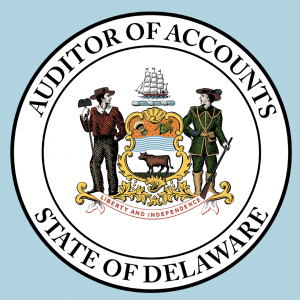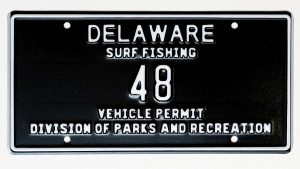DOVER (July 23, 2013) – Delaware is among the states leading the nation in solar energy – ranked 7th per capita for cumulative solar installations and 5th per capita for solar installations in 2012 – according to the report, Lighting the Way: What We Can Learn from America’s Top 12 Solar States, released today by Environment America Research & Policy Center. The report attributed Delaware’s leadership, energy legislation, strong public policies and innovative financing options for the solar boom in the state.
“Encouraging solar power is the right thing to do for the environment and our economy,” said Governor Jack Markell. “We are aggressively working toward a clean energy future in Delaware, demonstrating we can have both a strong economy and a healthy environment. That means creating a robust market for solar and other clean energy systems, creating clean energy jobs, expanding our solar industry, and improving air quality by reducing our dependence on fossil fuels.”
“According to the report, America has more than three times as much solar capacity today as in 2010, and more than 10 times as much as in 2007. The price of solar energy is falling rapidly, and more and more Americans are reaping the benefits of solar’s clean, sustainable, locally-generated power.
Delaware’s growth in solar power has been tremendous. From Dec. 2008 through Dec. 2012, the state’s solar capacity grew from 2 Megawatts (MW) to 44 MW, with last year’s capacity increasing by 41 percent over the previous year.
To date, nearly 1,500 solar energy systems have been installed on government buildings, businesses, schools and homes in Delaware. Today, a total of 50 MW of solar capacity is currently connected to the grid.
“Working closely with the local solar industry, Delaware has emerged as a national leader in solar energy by adopting progressive policies and programs that have led to a 25 fold increase in new solar installations since 2008,” said Secretary of Natural Resources and Environmental Control Collin O’Mara. “Delaware’s commitment to solar energy is paying dividends in terms of cleaner energy, lower costs, and new jobs for Delawareans. The State’s Renewable Energy Portfolio Standards, Green Energy Fund, Solar Renewable Energy Credit auctions with the Sustainable Energy Utility, and state procurement policies have all helped support the deployment of nearly 1,500 systems, sharply reduce the cost of solar energy, and provide entrepreneurial opportunities for installers and manufacturers. Environmentally, through these investments, we are improving air quality and reducing carbon emissions as an important part of our climate strategy.”
In the report, Delaware was cited with other leading solar states for cutting-edge energy legislation and policies that are among the most aggressive in the county. The Renewable Portfolio Standard (25 percent of the state’s electricity will come from renewable energy sources by 2025) and the solar carve out (3.5 percent from solar by 2025) are creating vigorous markets for solar energy. The state’s strong net metering and interconnection policies, which allow customers to sell excess solar power back to the grid, are among the most progressive in the country. Though Executive Order 18, state government is leading by example by procuring 1 percent of its electricity procurement from in-state solar energy, while bringing down the overall cost of power for state agencies.
Delaware has been innovative in the use of Solar Renewable Energy Credits (SRECs) by utilities to meet their obligation to obtain a portion of their electricity from solar power. Working closely with the State’s Renewable Energy Task Force and Delmarva Power and Light, Delaware’s Sustainable Energy Utility has helped create a stable market for new solar power projects in Delaware by conducting auctions for long term SREC contracts on behalf of Delmarva Power. Delmarva Power buys most of its SRECs through this long-term contracting mechanism, which make it easier to finance new projects of all sizes. As a result of competition and market efficiencies, installation costs and corresponding SREC prices have fallen sharply in the last two years, which means much lower compliance costs for ratepayers.
“This kind of recognition is proof positive of the efforts we’ve made to expand our use of renewable energy,” said Sen. Harris B. McDowell III, D-Wilmington North, whose efforts helped shape most of the state’s energy policy. “I’m pleased that Delaware’s Sustainable Energy Utility is an important part of this success in supporting and financing solar energy projects and stabilizing the energy market through our Solar Renewable Energy Credit program that’s kept solar power a growth industry in Delaware.”
“Delaware’s solar success is the result of the cooperation between legislators, the administration, DNREC, the utilities, solar energy system owners and the solar industry,” said Dale Davis, president of the Delaware Solar Energy Coalition. “Forward looking legislation enacted several years ago established the Renewable Energy Taskforce, a vehicle for these stakeholders to design balanced programs and regulations that have sped the adoption of solar power, created skilled jobs, and controlled costs. This open dialog and the innovative financing model brought by the Sustainable Energy Utility, has created a stabilized market allowing owners to recoup their investments over time and made our clean energy jobs sustainable. In 2012, in addition to the utility’s own investments in large scale solar, Delaware’s cutting edge programs created $60 million in private investment on systems ranging in size from residential to 2 Megawatts. By 2020 solar power will have added $408 million in local spending to fuel Delaware’s economy.”
Environment America’s report recognized Delaware as offering financial incentives that are encouraging businesses and homeowners to “go solar.” Since 2002 Delaware’s Green Energy Program has funded almost $29 million in solar rebates for more than 1,400 systems for homeowners, small businesses, schools and non-profit agencies. Through the federal Energy Efficiency Community Block Grant program, fifteen of the state’s towns, including Newport, Bowers Beach, and Ellendale, installed solar power systems on their municipal buildings. These policies and programs are helping Delawareans take advantage of the 30 percent federal investment tax credit for solar PV installations on residential and commercial properties.
The Delaware Municipal Electric Corporation, a wholesale electric utility and its nine member municipalities, have collectively invested in Delaware’s largest PV facilities – the Milford Solar Farm generating more than 13 MW and the 10 MW Dover Sun Park. Wilmington, Dover, and Kent and New Castle County governments have installed solar power on their office and public works facilities. Currently under construction is a 230 kW solar array at a municipal building in Newark that should go online by October.
Delaware’s solar energy industry has created jobs. In addition to jobs in solar panel materials and manufacturing at DuPont, Motech and Solar Dock, Delaware employs about 440 full time workers in solar installation jobs, mostly with small, locally-owned solar installers.
For more information, visit the Delaware Division of Energy & Climate’s website, http://www.dnrec.delaware.gov/energy/Pages/default.aspx.
_________________________________________________________________________________
Environment America is a federation of 29 state-based, citizen-funded, environmental advocacy organizations working toward a cleaner, greener, healthier future.




